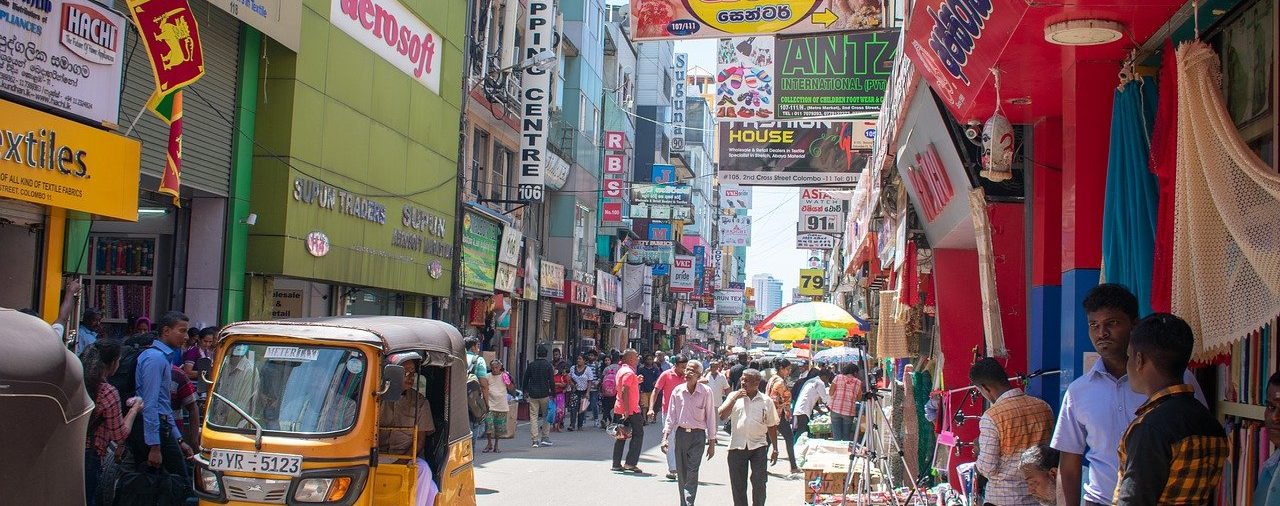Sewerage management is more than just ‘flushing it away’ – waste must be contained, treated and disposed of safely. In many countries ageing infrastructure and growing urban populations are creating mounting pressure on systems that in many cases were designed in the early twentieth century. But, in Sri Lanka a joint initiative between the Government, the World Bank and IWMI aimed to formulate a pathway to sustainably improve wastewater treatment and subsequent resource recovery.
According to the UN Joint Monitoring Program, less than three percent of the rural and about 12 percent of Sri Lanka’s urban population is discharging its wastewater from toilets (‘black water’) into sewers. However, we shouldn’t assume this wastewater ends up in sewage treatment plants (STP). In the capital city of Colombo, where 90 percent of the below-ground infrastructure is 100 years old, more than 100,000 cubic meters of untreated sewage are discharged into the ocean through two pipes that extend about 1.5 kilometers into the sea.
However, high costs and the lack of suitable land have stalled the expansion of sewer networks and treatment systems remains limited in the country.
The non-sewered alternative
Country-wide 95 percent of households contain their toilet waste near its origin in below-ground storage tanks. This system is called non-sewered sanitation (NSS) or ‘on-site’ sanitation (OSS), and is especially suitable for low- and mid-income countries where treatment capacities are limited and residents cannot afford high fees to support centralized wastewater collection and treatment systems. OSS systems also have other advantages, as they don’t need the same amount of water to flush excreta through huge pipes, no pumping stations, and significantly less piped infrastructure. It is not uncommon even for apartment complexes in Sri Lanka’s capital city and offices, like IWMI’s to manage toilet waste on-site in this way. The main disadvantage of OSS is that if not maintained properly, it does not work and can cause harm to public health and the aqueous environment through uncontrolled discharge of contaminated wastewater.
In rural Sri Lanka improved latrines are common. Some locally, brick-made tanks don’t match the mandatory dimensions stipulated by Sri Lankan Standards (SLS). They might be cheaper, but they can fill-up too quickly, or leak. While some tanks are so well-constructed that they take many years to fill, others require a service every other year.
Some tanks with multiple chambers allow the liquid part of the wastewater to leave the system via a soakaway or final soakage pit, while the solid parts of the wastewater is separated and stored. If the solids at the bottom fill up, the soakaway can be blocked and wastewater will eventually cause the lid to lift and thus overflow. This often leads to a bad smell, and potential health and environmental hazards.
What happens when the tank is full?
Emptying the sludge is done by special collection services (‘gully-bowsers’) which suck the sludge out of the tanks. These services exist in nearly all communities and are operated by both private and public service providers.
There are two big challenges:
- How do you know when your tank is getting full? Many families rent houses and don’t know where the tanks are, or when they were last emptied. The tank lids are often sealed or hidden under grass. As a result, many tanks are only emptied once they have burst.
- The number of treatment plants and the number of trucks emptying septic tanks don’t match up. Ideally, there should be designated treatment plants in close vicinity to communities (also to ensure the gulley-browsers have a short turn-around time) where the sludge is safely treated. This is currently not the case. There are so far only 20+ fecal sludge treatment plants in the country, and many are too far away (and thus expensive) for a gully-browser to use, which can result in illegal sludge dumping. In the Colombo area, most sludge is discharged into the sewer system, which leads to ocean contamination.
The existing treatment plants
As part of a World Bank assessment of the present fecal sludge management (FSM) situation in Sri Lanka, IWMI researchers visited all the country’s treatment plants. Small or large, simple or complex, all treatment plants use similar primary (grit removal, sedimentation) and secondary (oxidation or anaerobic digestion) treatment stages. Whereas a number of treatment plants visited are under-dimensioned and overloaded, others are too large and only a fraction of their treatment capacities are utilized.
The good news is that most of the treatment plants operating in Sri Lanka are functioning and resources such as nutrients and organic matter are recovered and recycled (mostly as organic fertilizer). Liquid effluent is discharged after treatment into nearby wetlands, rivers or drains.
So what’s the way forward?
The IWMI supported revision of the National Sanitation Policy flags the importance of FSM and provides an appropriate framework for investments. In order to improve FSM in Sri Lanka, the following activities are recommended to minimize risks to public health and environmental pollution:
- Septic tank census – conduct a survey of septic tanks, advise households on appropriate emptying frequency, and provide estimates of the demand for fecal sludge collection and capacity to do so.
- Identify septic tanks that do not work and that should be repaired or renewed.
- Apply and enforce industrial standards for septic tanks.
- Implement, rehabilitate and renew fecal sludge treatment plants (FSTP) according to the data from the septic tank census.
- Contract qualified public or private service providers on a long-term basis to make FSM services more sustainable.
IWMI together with partners is working across South Asia to identify applied technologies and business models to sustain water and sanitation systems that will help drive progress towards meeting the UN’s SDG 6 for ‘clean water and sanitation for all’. These systems, however, do not have to copy what is common for instance in Europe. To flush sewer systems requires significant amounts of water which many regions and households cannot afford, in particular in areas of water scarcity that is exacerbated by climate change. Find out more in our latest report: Business models for fecal sludge management in India.
Andreas Ulrich – https://www.iwmi.cgiar.org/2020/11/modernizing-wastewater-treatment-in-sri-lanka/






